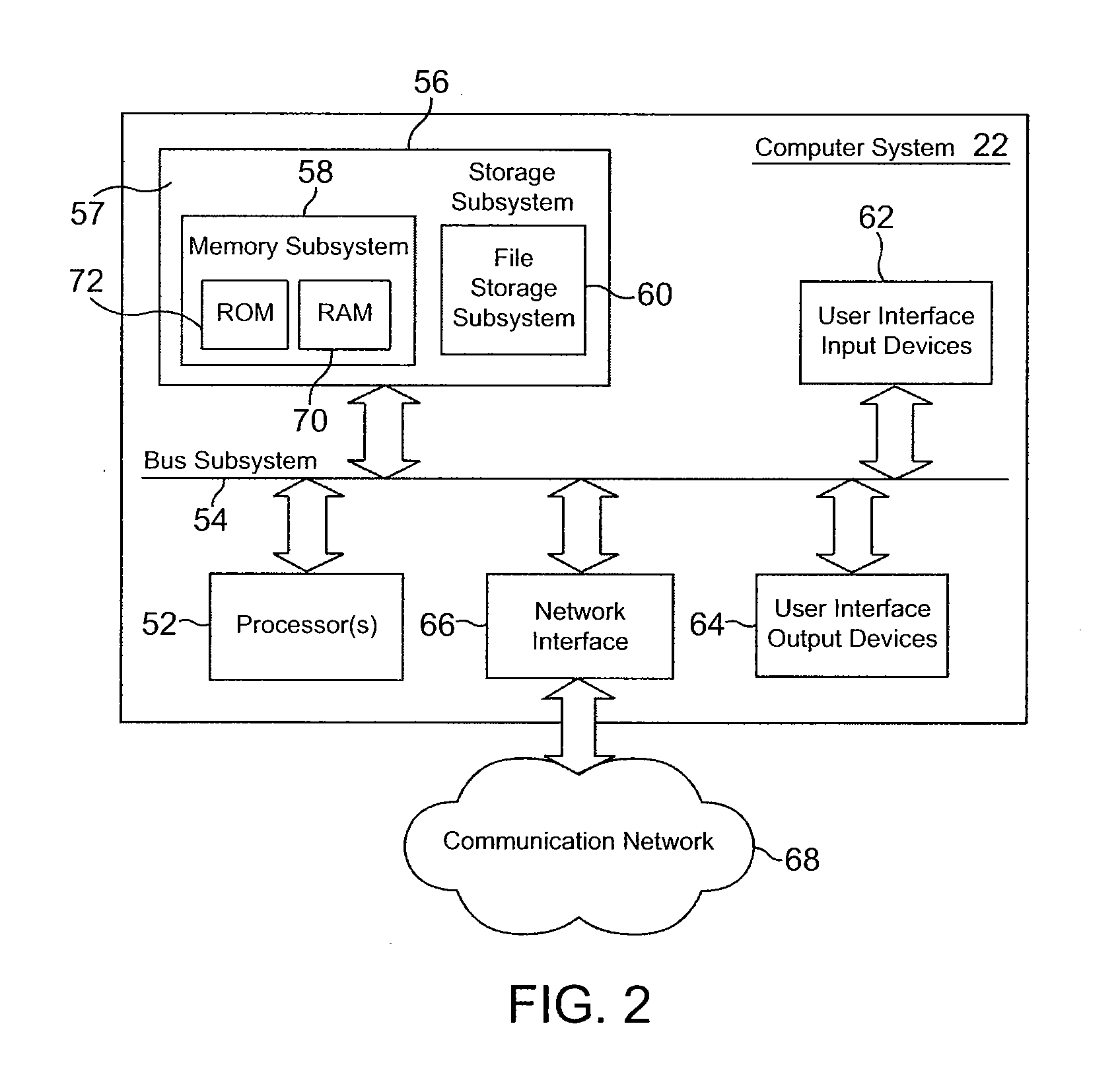Spatial Frequency Wavefront Sensor System and Method
- Summary
- Abstract
- Description
- Claims
- Application Information
AI Technical Summary
Benefits of technology
Problems solved by technology
Method used
Image
Examples
Embodiment Construction
[0035] 1. Description of System and Methods
[0036] The present invention may be particularly useful for enhancing the accuracy and efficacy of laser eye surgical procedures, such as photorefractive keratectomy (PRK), phototherapeutic keratectomy (PTK), laser in situ keratomileusis (LASIK), and the like. Enhanced optical accuracy of refractive procedures may be provided by improving the methodology for deriving a corneal ablation or other refractive treatment program. Enhanced accuracy of laser system calibration prior to patient treatment may also be available by providing improved measurements of lenses ablated during system calibration. The techniques described herein can be readily adapted for use with existing laser systems, wavefront sensors, and other optical measurement devices. By providing a more direct (and hence, less prone to noise and other error) methodology for measuring and correcting errors of an optical system, these techniques may facilitate sculpting of the corne...
PUM
 Login to View More
Login to View More Abstract
Description
Claims
Application Information
 Login to View More
Login to View More - R&D
- Intellectual Property
- Life Sciences
- Materials
- Tech Scout
- Unparalleled Data Quality
- Higher Quality Content
- 60% Fewer Hallucinations
Browse by: Latest US Patents, China's latest patents, Technical Efficacy Thesaurus, Application Domain, Technology Topic, Popular Technical Reports.
© 2025 PatSnap. All rights reserved.Legal|Privacy policy|Modern Slavery Act Transparency Statement|Sitemap|About US| Contact US: help@patsnap.com



